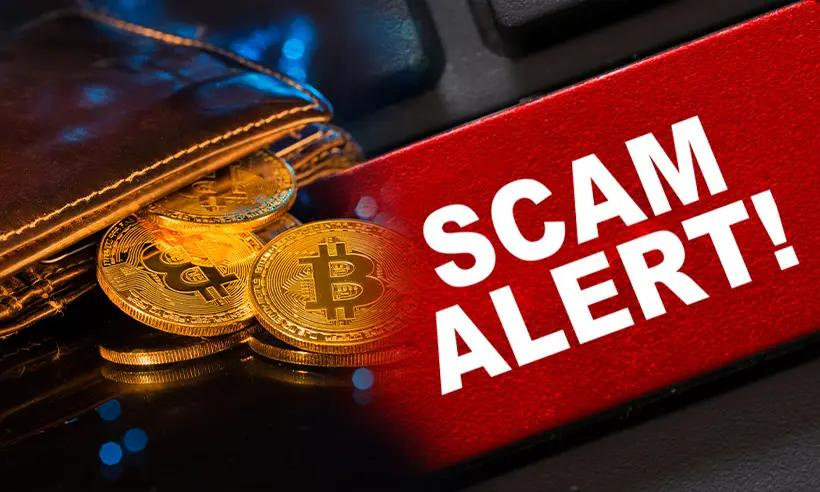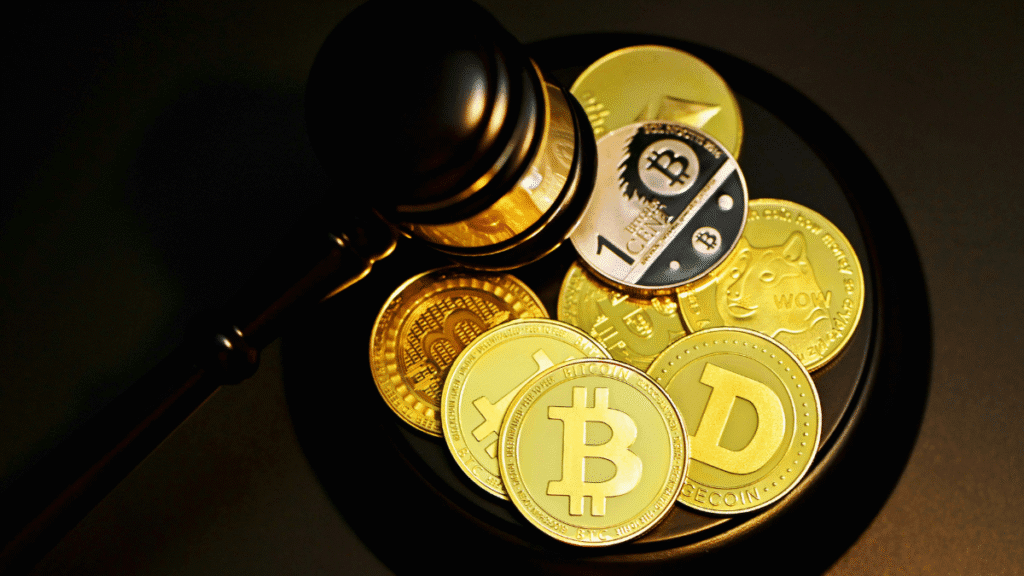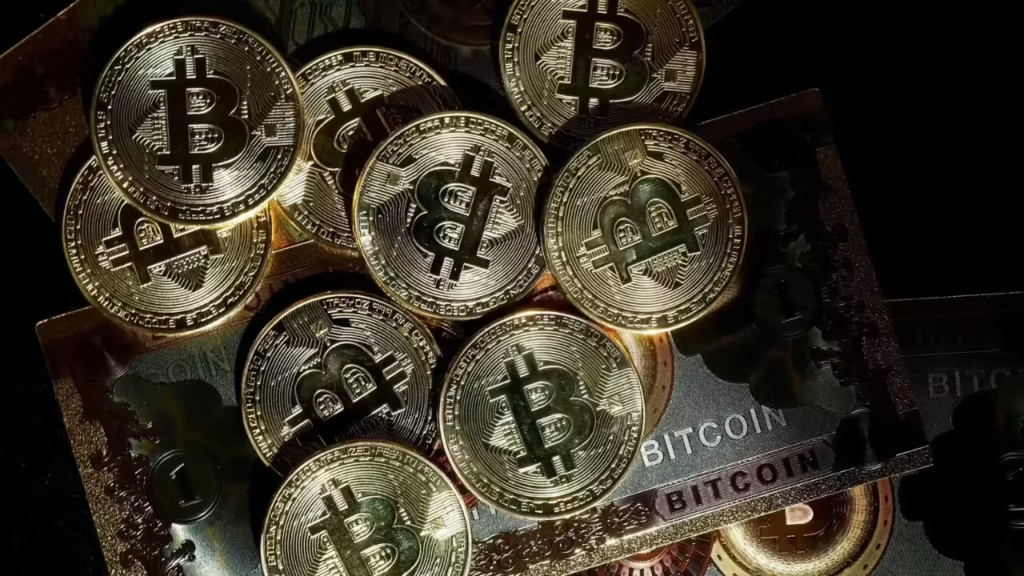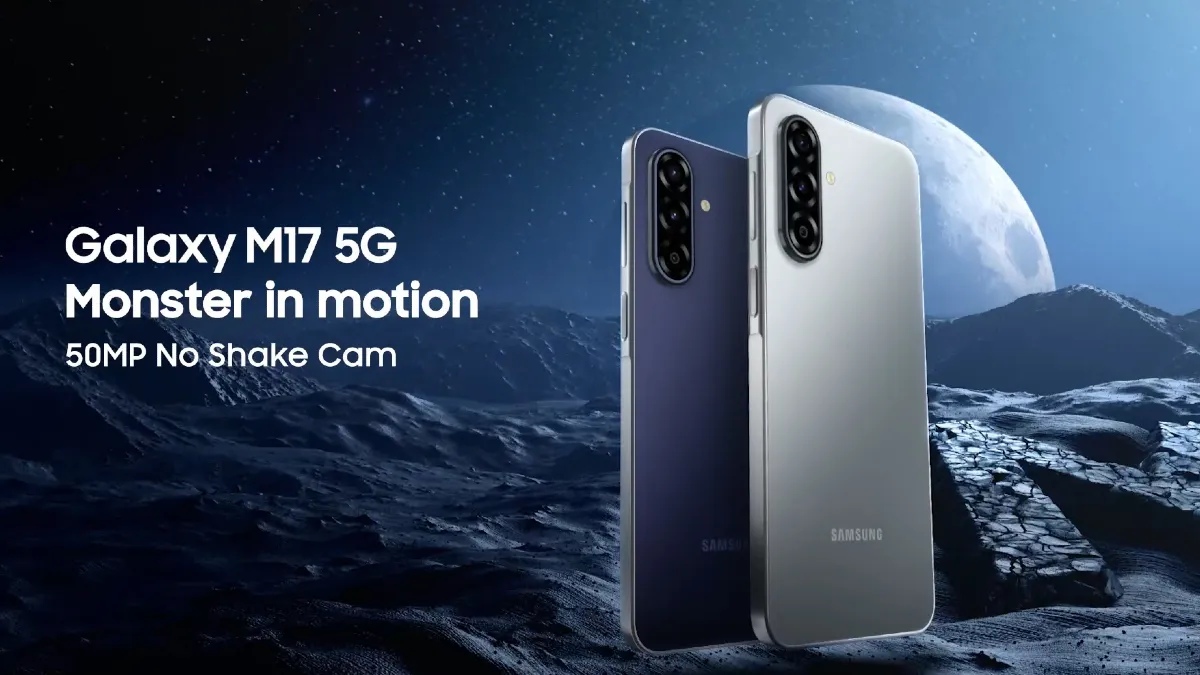Now Reading: Tokenising Real Assets in India: From Land to Art — The Promise and Problems
-
01
Tokenising Real Assets in India: From Land to Art — The Promise and Problems
Tokenising Real Assets in India: From Land to Art — The Promise and Problems
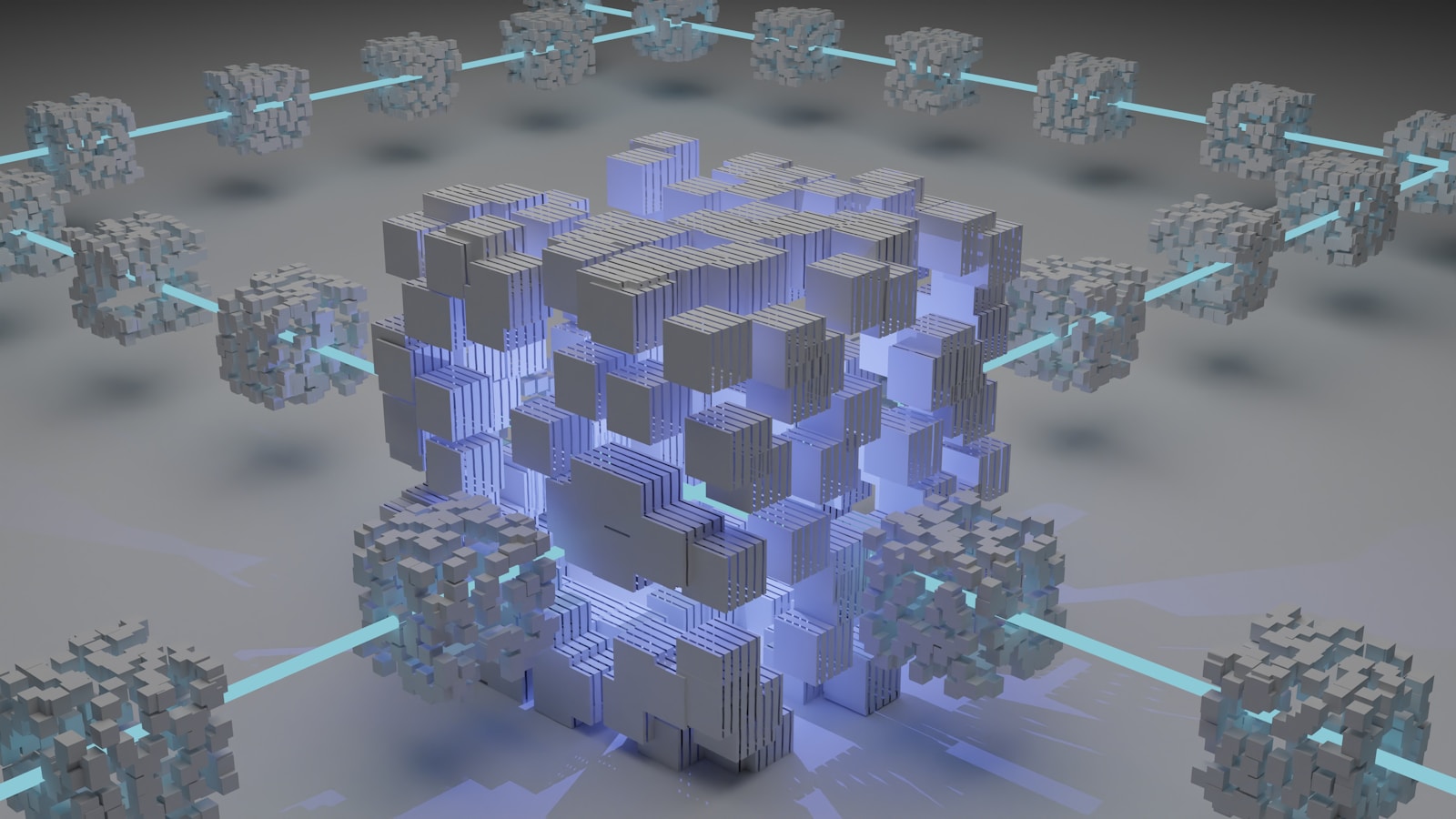
The concept of tokenisation is quietly changing how people think about ownership and investment in India. From real estate and art to gold and collectibles, physical assets can now be represented digitally through blockchain-based tokens. This idea of breaking down expensive assets into smaller, tradable parts is gaining attention across Tier-2 cities, where more investors want access to high-value markets without massive capital.
In simple terms, tokenisation means converting a real asset—like a property or a painting—into digital tokens that can be bought or sold online. Each token represents a small share of ownership. For example, instead of one person buying an entire property worth ₹1 crore, hundreds of people can invest smaller amounts through digital tokens. This model promises inclusivity and liquidity, allowing more people to participate in markets once limited to the wealthy.
For India, where real estate often ties up large amounts of money for years, tokenisation could bring flexibility. Investors in smaller cities could diversify their portfolios by owning fractional shares of assets located anywhere in the country. It also has potential for artists and creators, as tokenising artwork or collectibles can make ownership traceable and sales transparent.
However, the idea is not without its problems. The biggest challenge is regulation. India still lacks clear legal recognition for tokenised assets. Questions about ownership rights, taxation, and transfer rules remain unresolved. Without a legal framework, investors face uncertainty over how these tokens will be treated in disputes or resale situations.
Another issue is trust. Since tokenisation relies on digital records, investors must depend on the integrity of the platform managing these tokens. If the company handling ownership data fails or is compromised, users might lose access to their holdings. Many small-town investors, already cautious about digital finance, may find this model difficult to trust without government oversight.
Technology access is another barrier. Tier-2 and Tier-3 investors often have limited exposure to blockchain tools or secure digital wallets. While tokenisation sounds promising, practical adoption will depend on user-friendly systems, financial literacy, and reliable infrastructure.
Despite these challenges, the potential remains strong. If implemented with proper regulation and security, tokenisation could redefine how Indians buy and trade real-world assets. It could open new doors for investment, create transparency in real estate, and help small investors share in high-value opportunities that were once out of reach.
The road ahead depends on how quickly laws and systems evolve. Tokenisation could either become the next financial revolution or remain just another promising idea trapped by red tape. For now, the message is clear—India is ready for digital ownership, but it needs clarity, trust, and structure to make it truly work.








